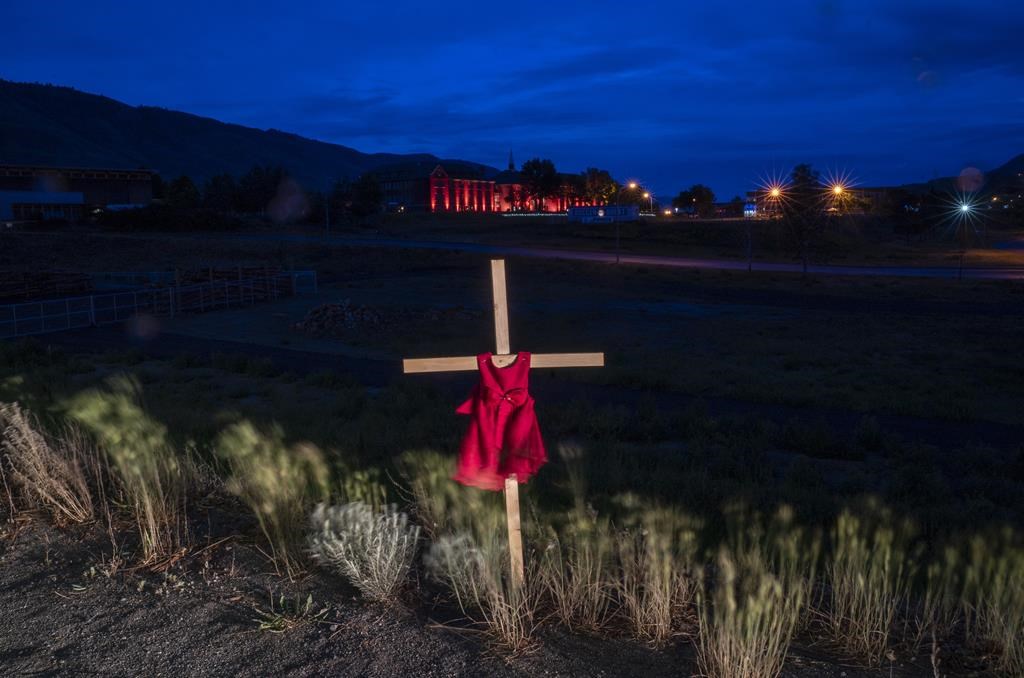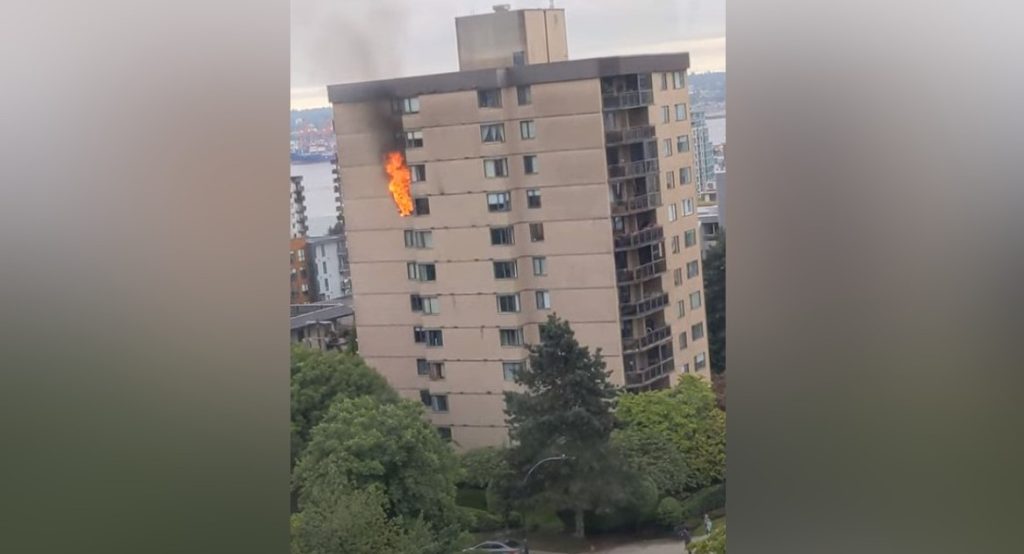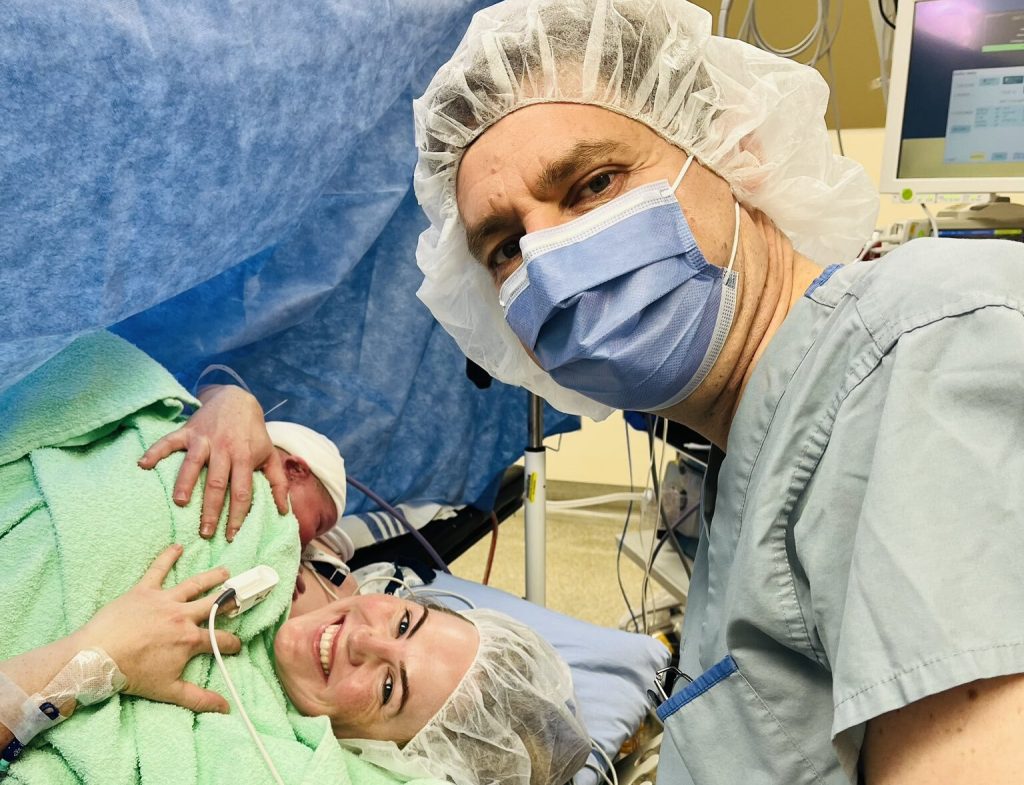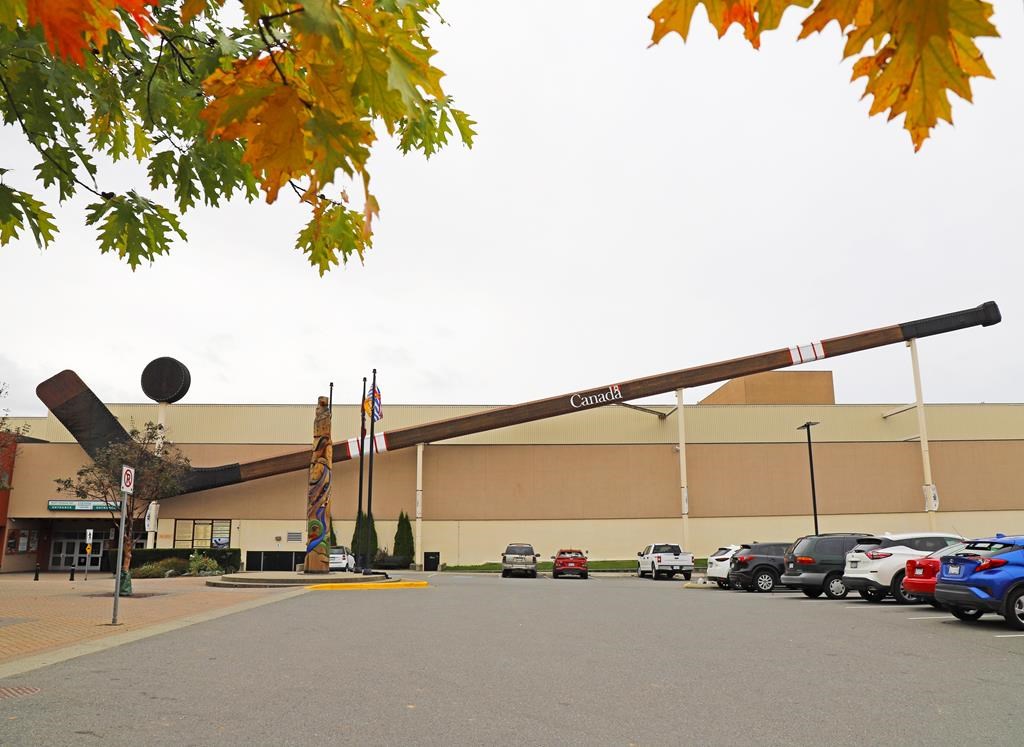‘Deeply disturbing’: 3rd anniversary of 215 suspected unmarked graves found in Kamloops

Posted May 27, 2024 5:50 pm.
Last Updated May 28, 2024 11:55 am.
This article contains details that may be distressing to some readers. The Indian Residential School Survivors Society operates a 24-hour crisis line to support survivors and families across the country. The Lamathut Crisis Line can be reached by calling 1-800-721-0066.
May 27 marks a grim anniversary. Three years ago Monday, the Tk’emlups te Secwépemc First Nation released the preliminary findings of its investigation, saying hundreds of suspected unmarked graves were discovered at a residential school site in Kamloops.
The suspected grave sites of 215 children, believed to be as young as three years old, were found by the Nation on the site of what was once Canada’s largest Indigenous residential school.
Grand Chief Stewart Phillip, the president of the Union of BC Indian Chiefs tells CityNews that this day will remain “deeply disturbing” for him.
Phillip says the initial discovery has triggered national and international awareness.
“There isn’t a single public school in Canada or in the United States that features a graveyard out back next to the football field,” he said Monday. “People have been forced to acknowledge this absolutely horrible chapter in the racist history of Canada.”
He says there are still people who don’t recognize the need for reconciliation.
“Canada is going through a transformative and ideological struggle at the moment, and the right wing is vehemently denying the hard scientific evidence of the discovery of these unmarked graves,” he said.
However, he says more progressive Canadians are acknowledging the fact that residential schools were ruthless.
“Residential schools were a very brutal tool of genocide in an effort to deal with the Indigenous presence in this country, through assimilating us into so-called ‘mainstream Canadian society,’” he said.
Phillip says three years later there is still a need for more clarity for communities that are affected by the discovery.
“There’s the question of repatriation of those remains to the home communities,” he said. “But the people that are involved in this are doing a very credible job and moving carefully given the sensitivity of this issue.”
He says there are still racist ideologies that disrupt reconciliation.
“I’ve heard horrific stories where racists have actually attempted to dig up the lands where residential schools were situations in an effort to disprove the reality of landmark graves,” he said. “That’s absolutely disgusting.”
The Truth and Reconciliation Commission estimates between 4,100 to 6,000 children died of abuse or neglect between 1890 and 1996. However, Indigenous people, Survivors, and experts have maintained that this number is a significant underestimation.
Where does the investigation sit 3 years later?
In a statement released Monday evening, Tk’emlups te Secwépemc Kúkpi7 (Chief) Rosanne Casimir shared that the release of the initial findings of its investigation in 2021 would “be heart-wrenching for our membership as well as for Indigenous People across Canada as virtually all live with firsthand or intergenerational impacts of Indian Residential Schools.”
Casimir explained that in releasing the findings three years ago, she, and the Nation, knew there would be backlash.
“There have always been those who target Indigenous People in Canada, with systemic racism and white supremacy as foundational to Canada as the very federal laws that ripped our children away from home, in cattle trucks and police cars, to bring them to the residential schools,” she said.
“That said, three years later, we remain steadfast in our sacred duty as guardians to the missing children from the Kamloops Indian Residential School. From the beginning, we have articulated and exercised our jurisdiction. The investigation continues to be carried out in compliance with Secwépemc laws, legal traditions, worldviews, values, and protocols.”
Since releasing its preliminary findings, the Tk’emlups te Secwépemc First Nation has revised its findings, saying that 200 “anomalies” and suspected burial sites were located using ground penetrating radar.
Casimir shared where the Nation’s investigation sits now, as “misinformation and targeted denialism” surface.
“Elders and Survivors have always spoken of children dying and disappearing while at the school. Men speak of, as boys attending Kamloops Indian Residential School, being woken in the middle of the night, and asked to dig holes that seemed like graves, in the dark, and not being told why,” she stated.
“At this time, we are deep into the investigative work. Our approach is multidisciplinary and includes the following: Archival and documentary research and analysis; Wenecwtsínem (truth-telling) with KIRS Survivors; Archaeological and anthropological surveys and studies; Potential DNA and other forensic methods.”
Casimir explained that the Nation’s findings are currently being kept confidential to preserve the integrity of the investigation.
“Our investigators’ findings to date are consistent with the presence of unmarked burials. When we reach our next milestone, we will be sure to update you.
“I would like to end with what I shared in July 2021 and remains very true today. I want to acknowledge Indian Residential School Survivors and Intergenerational Survivors. No words are sufficient to express the comfort and love we wish to convey to you. We see you, we love you, and we believe you.”
Editor’s Note: An initial version of this article stated the Tk’emlups te Secwépemc initial findings, which the Nation said 215 graves had been discovered at the Kamloops Residential School. Since May 2021, the Tk’emlups te Secwépemc have revised this position, stating that 200 “anomalies” and suspected burial sites have been located using ground penetrating radar.








